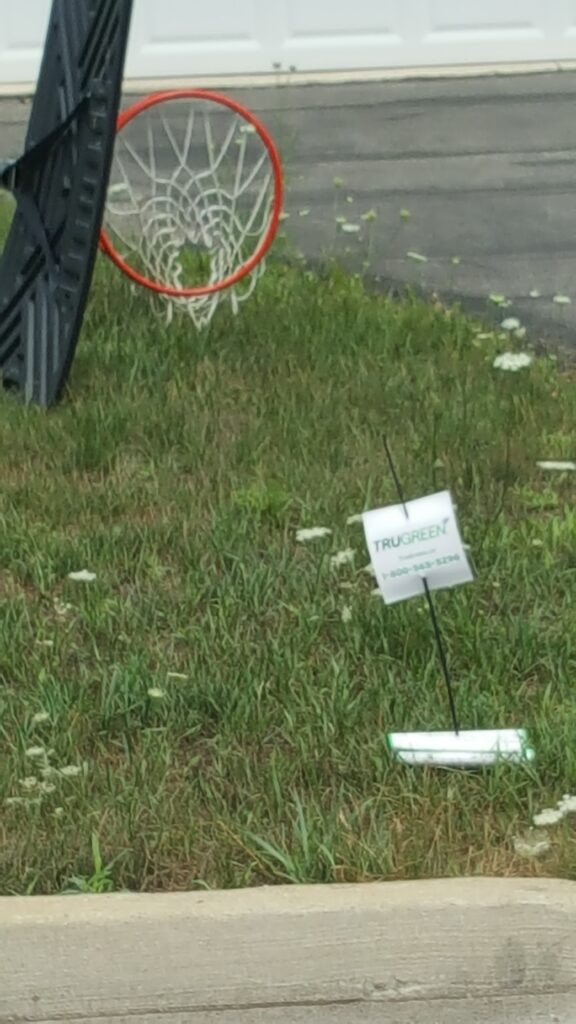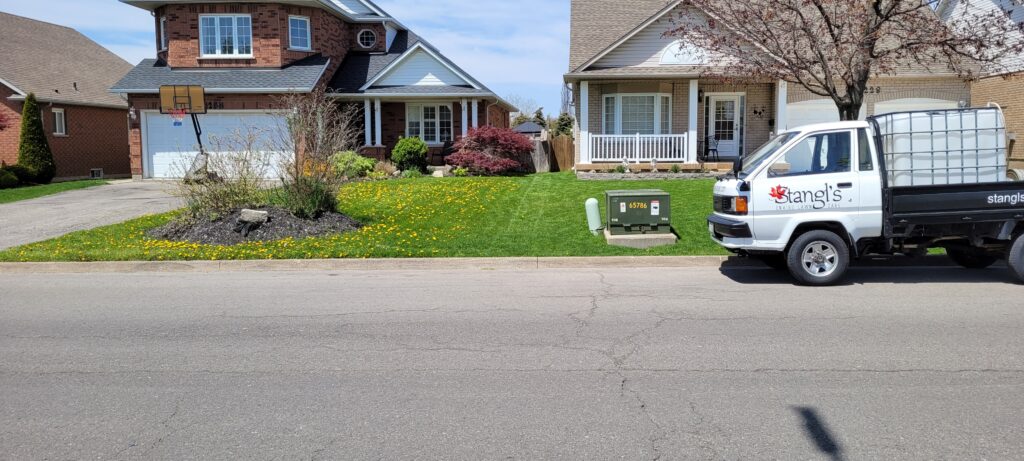The Fertilizer and Spray Industry: A House of Cards Built on Deception

Walk into any garden center, and you’ll see shelves stocked with fertilizers and sprays, marketed to everyone—homeowners, landscapers, you name it. There’s an entire industry built around applying these products, and here’s the contradiction: if anyone can buy this stuff off the shelf, why do we need “professionals” to apply it? Sure, they might have the equipment, but so can you. They claim expertise in identifying weeds or insects, but consumers can do that just as easily with a quick Google search. Even the companies train new employees who often burn lawns or waste product because they’re just following orders—no real understanding, just a script. If they can do it, anyone can. So why does this industry exist? Because it’s built on a narrative that’s been sold for decades: your soil is dirt, and their products are the only solution.
The Conventional Lawn Care Trap: Insanity Defined
The definition of insanity is doing the same thing over and over and expecting different results. That’s conventional lawn care in a nutshell. Consumers flip from one company to another, but nothing changes except the name on the bill and the price tag. Why? Because the industry is based on deception—treating soil like it’s dead, ignoring biology, and pushing synthetic fertilizers and sprays that create dependency rather than health. They’ll tell you it’s “green” because you’re growing plants, but that’s a false promise. All our soil is dirt in their eyes, and their products, recommendations, and application rates are designed for dirt, not living soil. It’s a waste—of time, money, and the potential for truly healthy plants. If it sounds too good to be true, it’s snake oil, and this industry thrives on it.
DIYers: Falling for the Same Trap
It’s not just the companies—DIYers are just as guilty. They buy the same off-the-shelf products, thinking they’re doing the right thing because that’s what they’ve been told for years. Manufacturers have sold a narrative that fits their products, not nature. No one’s seen what healthy soil and plants are supposed to look like because we’ve been stuck in this cycle for so long. They think they’re saving money by doing it themselves, but they’re using the same deceptive products, following the same flawed logic, and getting the same poor results. Thinking without studying keeps them trapped.
The Regenerative Difference: It’s Not Easy, But It’s Real

Regenerative agriculture is a whole different game, and it’s not for the faint of heart. It takes education—real knowledge of biology, not just following a label. You need tools: a microscope to see your soil’s microbes, a penetrometer to check compaction, infiltration rings to measure water movement, a refractometer for Brix to gauge plant health, an EC meter for soil salinity, and a core sampler to understand your soil profile. It’s not a quick fix; it’s a commitment to understanding what’s really going on in your soil. I started in the conventional world 44 years ago, and I educated my way out of it. I’ve seen the difference—healthy soil isn’t dirt; it’s a living ecosystem. But conventional folks? They think they know better, but they’re missing the bigger picture. I often lose business to them because consumers expect fast-growing grass and weed-free lawns. They don’t realize that weeds aren’t destroying the lawn—they’re a sign of where soil health is at, an outcome of imbalance, just like insects and diseases. These are nature’s garbage collectors, stepping in when plants are weak. The industry tells people weeds are bad to sell herbicides, and that insects and diseases need sprays, ignoring the real reason: your plants are struggling, and nature is cleaning up. There’s so much more to this—that’s why you need Stangl’s Enviro Lawn Care. We have a complete picture of what’s going on, and we’re always educating ourselves to stay on top of the science. Conventional companies aren’t—they’re the “Mor-ons” in the group, blindly using fertilizers and sprays without understanding the biology.
Stop Thinking, Start Studying
If the conventional industry and DIYers stopped thinking they had all the answers and started studying, they’d figure it out. Healthy soil doesn’t need synthetic crutches—it needs balance, biology, and care. Over my 44 years, I’ve learned that regenerative practices like using Nature’s Brew compost, interseeding cover crops, and monitoring soil health with real tools can transform dirt into living soil. But it takes work, not just belief in a product label. The conventional lawn care industry—and the DIYers who follow its lead—is a waste of potential. Let’s break the cycle, educate ourselves, and grow truly green, the regenerative way.
